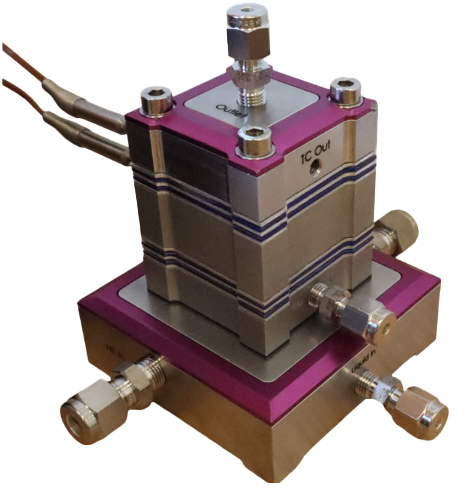
Whether working in batch or flow, most chemists and engineers encounter challenges when performing difficult heterogenous catalysis processes, such as hydrogenations. Zaiput Flow Technologies’ patented reactors make these reactions easier to handle by improving both safety and performance.
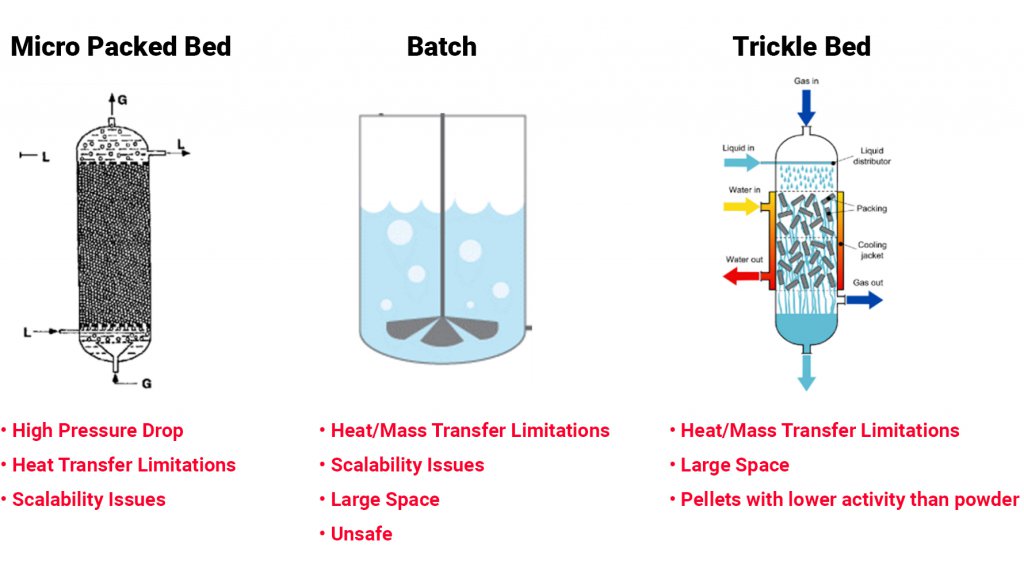
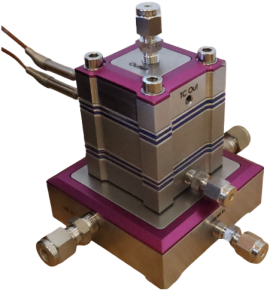
Reactions can be optimized at the lab scale and then directly scaled to production using our technology.

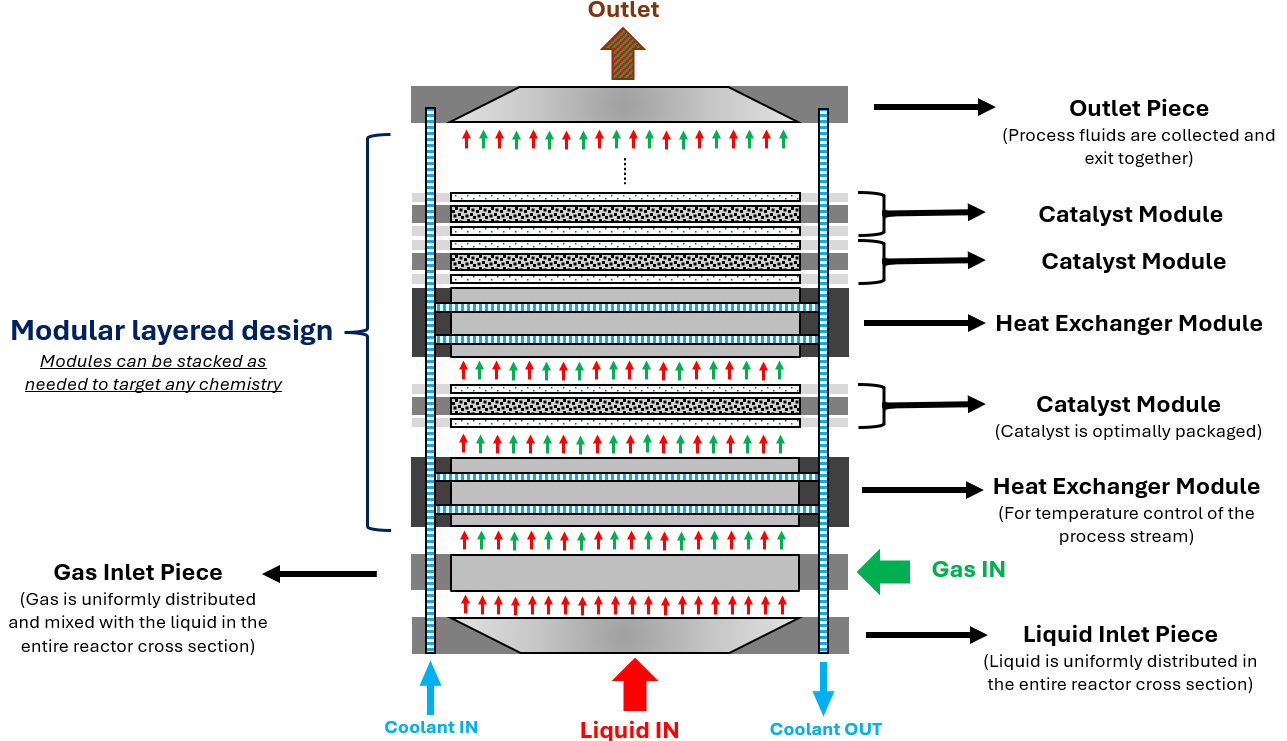 Zaiput Flow Technologies’ patented reactors allow to carry out continuous heterogenous catalysis reactions (usually gas-liquid-solid catalyst, ex. hydrogenations) by optimizing the flow distribution of the reagents through the device while maximizing catalyst utilization.
Zaiput Flow Technologies’ patented reactors allow to carry out continuous heterogenous catalysis reactions (usually gas-liquid-solid catalyst, ex. hydrogenations) by optimizing the flow distribution of the reagents through the device while maximizing catalyst utilization.
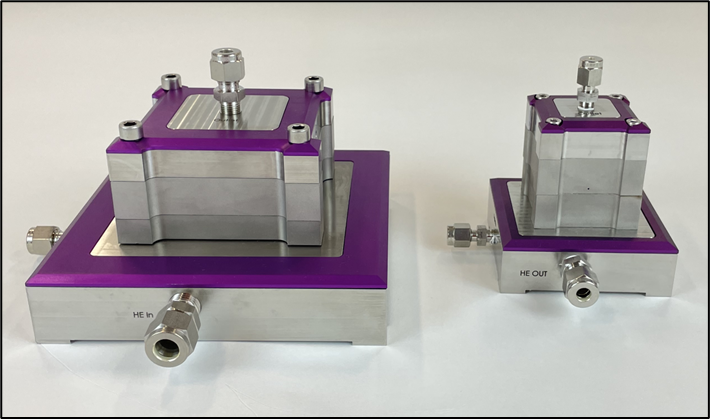
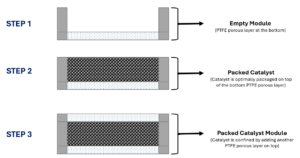 Zaiput offers the possibility to use any of your own catalyst powder of choice inside our reactor. To do this, Zaiput has developed a “pack your own cartridge” concept where you can directly fill our cartridges with your catalyst of choice and then place those catalytic cartridges inside the reactor. Zaiput has designed a specific packing setup with an optimized procedure which allows you to have a user-friendly, repeatable, and systematic way to pack those cartridges.
Zaiput offers the possibility to use any of your own catalyst powder of choice inside our reactor. To do this, Zaiput has developed a “pack your own cartridge” concept where you can directly fill our cartridges with your catalyst of choice and then place those catalytic cartridges inside the reactor. Zaiput has designed a specific packing setup with an optimized procedure which allows you to have a user-friendly, repeatable, and systematic way to pack those cartridges.
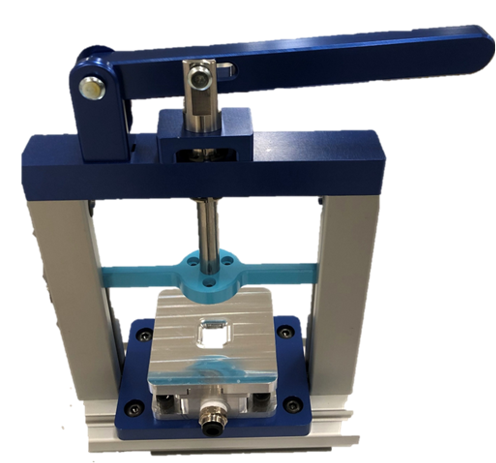
If you have any questions or would like to hear more about our catalytic cartridges, contact us at support@zaiput.com
Zaiput reactor allows to carry out these reactions in a small, confined space with minimal head volume strongly improving on safety compared to batch approaches. Performance is also improved thanks to the substantial engineering design behind the reactor structure and its components.
Breen, Sean & Barua, Purnima & Fang, Yuan-Qing & Ford, David & Hasan, Ali & Joshi, Manish & Mason, Sara & Nagy, Kevin & Quadery, Sifat & Russell, Grace & Nikolakis, Vladimiros & Holcombe, John & Adamo, Andrea & Milani, Lorenzo. (2025). A Continuous Hydrogenation Reactor Based on a Powdered Catalyst Enmeshed in an Expanded Poly(tetrafluoroethylene) Matrix. Organic Process Research & Development. 10.1021/acs.oprd.4c00303.
 |
||
 |
||
| Part Number | TWR-10 | |
|---|---|---|
| Maximum Pressure | 35 Bar (500 psi) | |
| Wetted Parts | 316-SS or Hastelloy C276, PTFE, FFKM | |
| Liquid Flow Rate | ~ 0.5-10 mL/min | |
| Max Temperature | 200°C | |
| Gas Flow Rate | ~ 20-500 sccm | |
*Scroll left to see more of the table
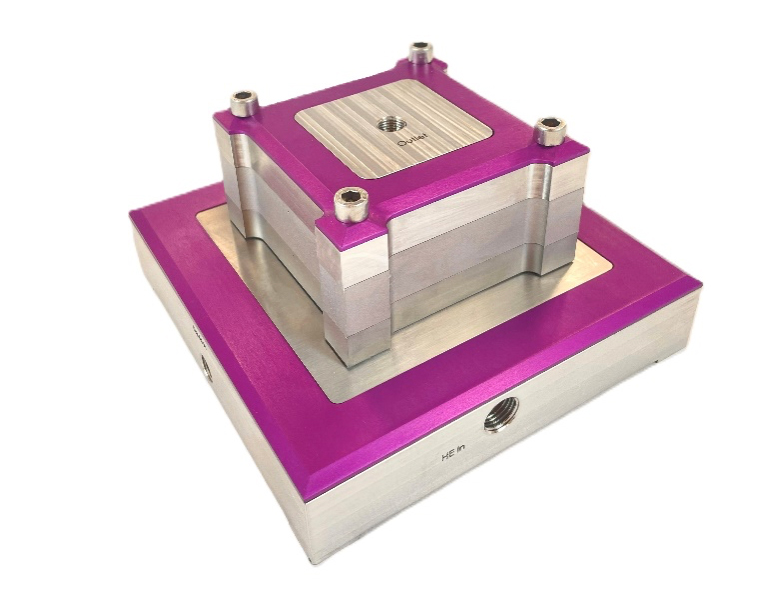 |
||
 |
||
| Part Number | TWR-100 | |
|---|---|---|
| Maximum Pressure | 35 Bar (500 psi) | |
| Wetted Parts | 316-SS or Hastelloy C276, PTFE, FFKM | |
| Liquid Flow Rate | ~ 10-100 mL/min | |
| Max Temperature | 200°C | |
| Gas Flow Rate | ~ 300-5000 sccm | |
*Scroll left to see more of the table
 |
||
 |
||
| Part Number | TWR-1000 | |
|---|---|---|
| Maximum Pressure | 35 Bar (500 psi) | |
| Wetted Parts | 316-SS or Hastelloy C276, PTFE, FFKM | |
| Liquid Flow Rate | ~ 100-1000 mL/min | |
| Max Temperature | 200°C | |
| Gas Flow Rate | ~ 3-50 slm | |
*Scroll left to see more of the table
 |
||
 |
||
| Part Number | TWR-10K | |
|---|---|---|
| Maximum Pressure | 35 Bar (500 psi) | |
| Wetted Parts | 316-SS or Hastelloy C276, PTFE, FFKM | |
| Liquid Flow Rate | ~ 1-10 L/min | |
| Max Temperature | 200°C | |
| Gas Flow Rate | ~ 30-500 slm | |
*Scroll left to see more of the table
Zaiput reactors can be used to carry out continuous catalyzed heterogenous reactions, such as hydrogenation.